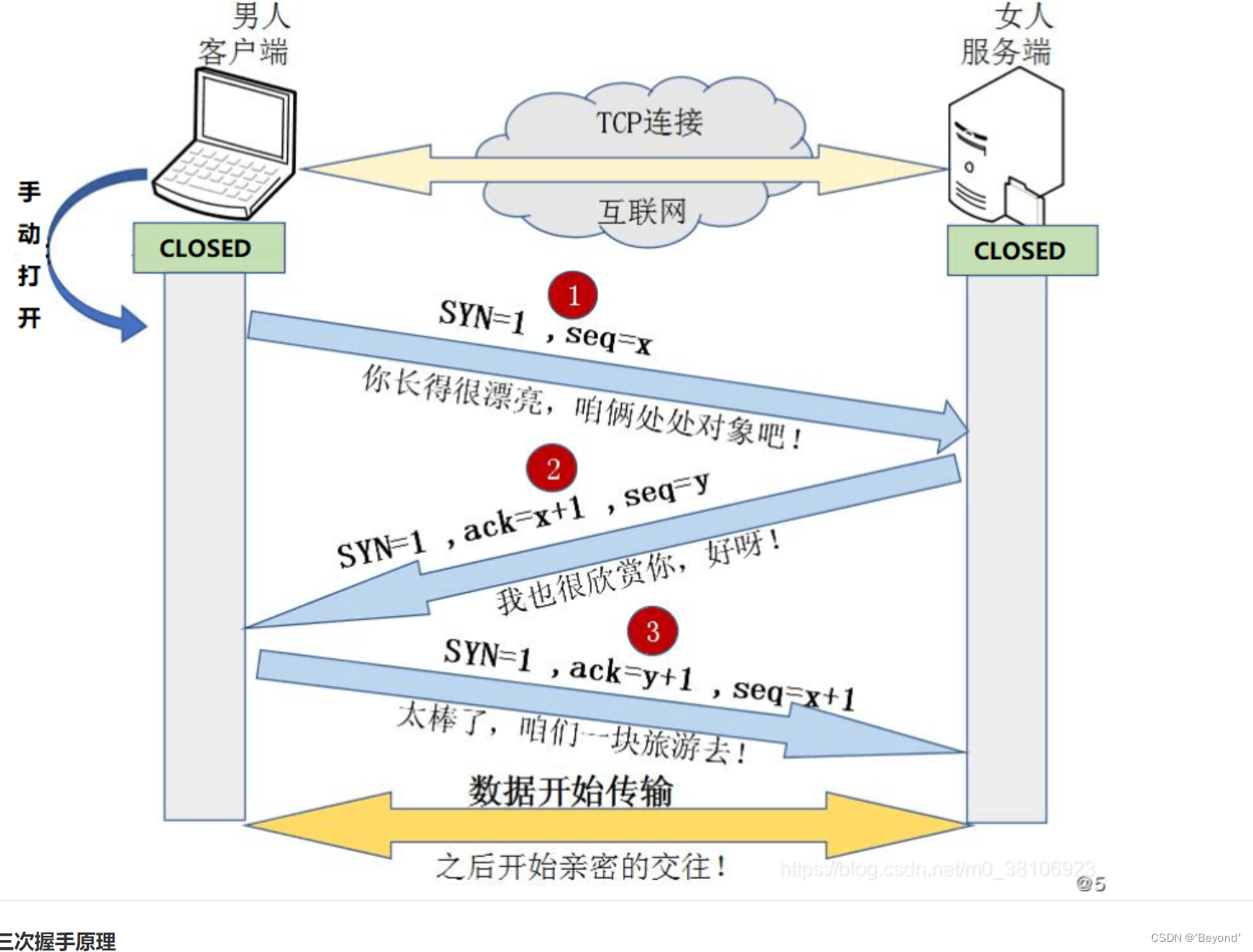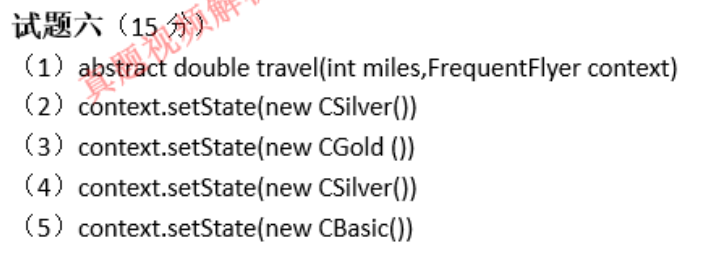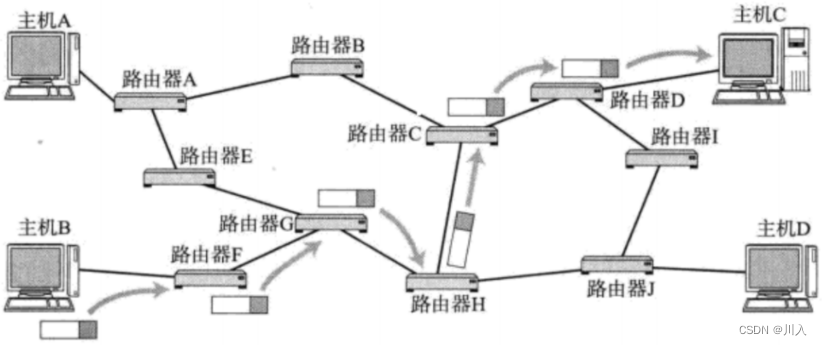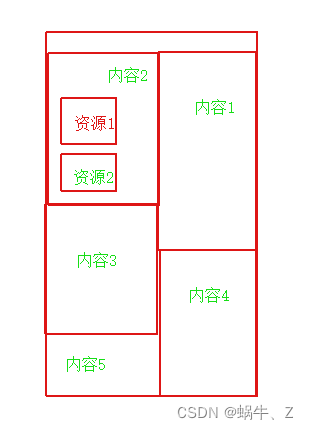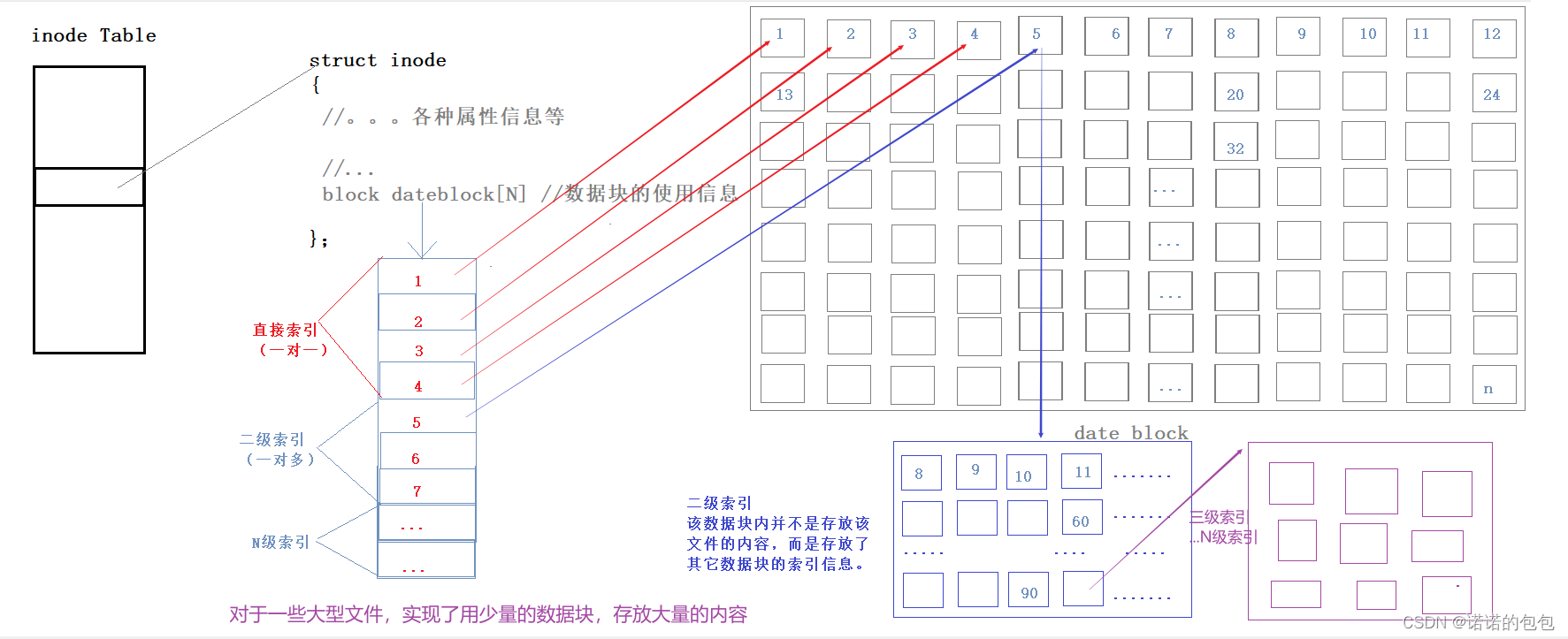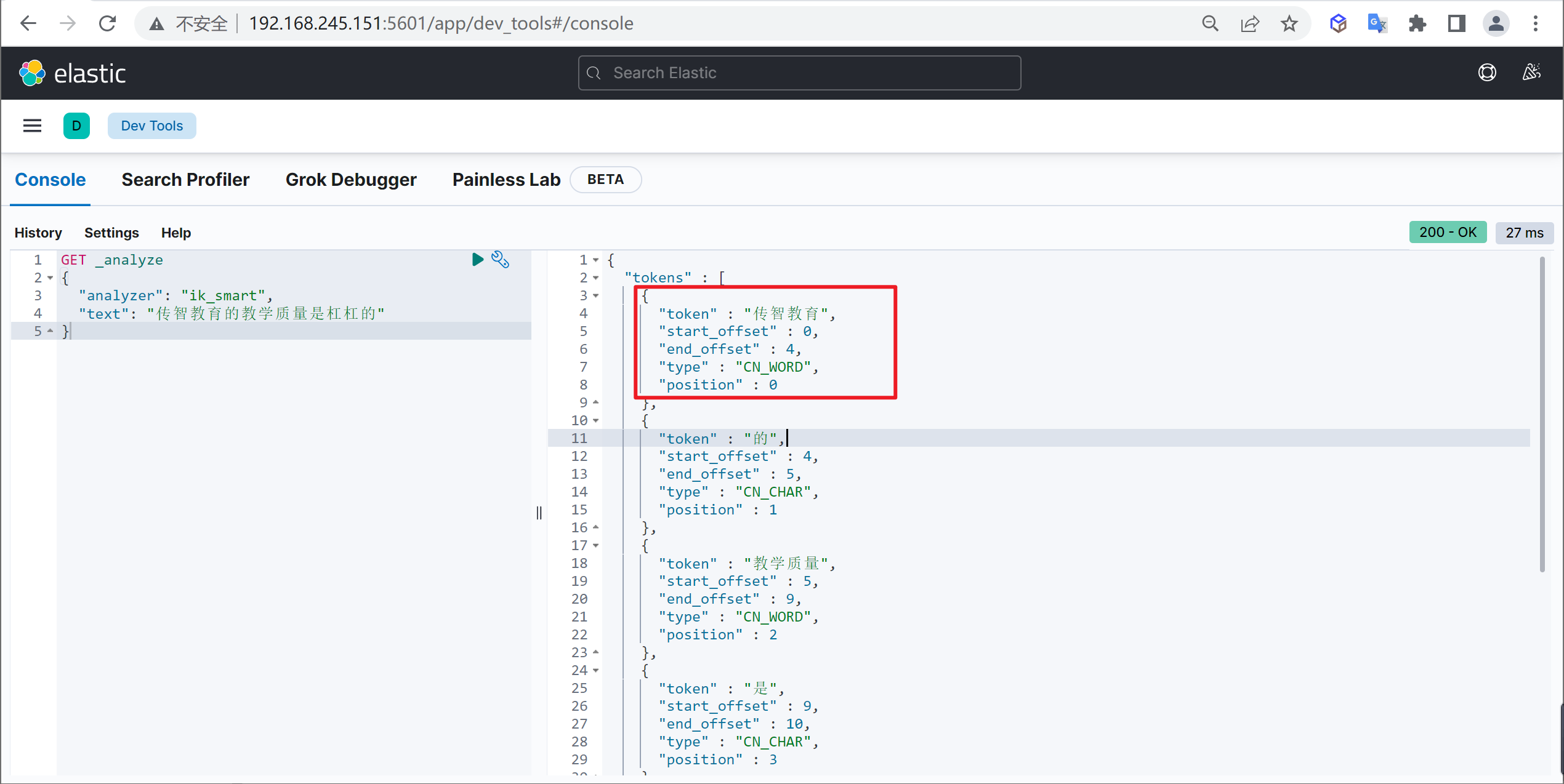模板的概念
模板就是建立通用的模具,大大提高复用性。
模板的特点:
模板不可以直接使用,它只是一个模型
模板的通用不是万能的
基本语法
C++中提供两种模板机制:函数模板和类模板
函数模板作用:
建立一个通用函数,其函数返回值类型和形参类型可以不具体制定,用一个虚拟类型来代表
template<typename T>
template 声明创建模板
typename 表明其后符号是一种数据类型
T 通用的数据类型
普通代码
#include<iostream>
#include<string>
using namespace std;
void swapint(int &a, int &b)
{
int temp = a;
a = b;
b = temp;
}
//交换两个浮点型函数
void swapdouble(double& a, double& b)
{
double temp = a;
a = b;
b = temp;
}
void test01()
{
int a = 10;
int b = 20;
swapint(a, b);
cout << a << " " << b << endl;
double c = 1.1;
double d = 2.2;
swapdouble(c, d);
cout << c << " " << d << endl;
}
int main()
{
test01();
system("pause");
return 0;
}使用模板
#include<iostream>
#include<string>
using namespace std;
template<typename T>
//声明一个模板,告诉编译器后面代码中紧跟着的T不要报错,T是一个通用数据类型
void myswap(T& a, T& b)
{
T temp = a;
a = b;
b = t;
}
void test01()
{
int a = 10;
int b = 20;
myswap(a, b);//1.自动类型推导
cout << a << " " << b << endl;
double c = 1.1;
double d = 2.2;
myswap<double>(c, d);//2.显示指定类型
cout << c << " " << d << endl;
}
int main()
{
test01();
system("pause");
return 0;
}注意事项
注意:
自动类型推导,必须推导出一致的数据类型T才可以使用
模板必须要确定出T的数据类型,才可以使用

函数模板案例--数组排序
#include<iostream>
#include<string>
using namespace std;
template<class T>
void myswap(T& a, T& b)
{
T temp = a;
a = b;
b = temp;
}
//排序算法
template<class T>
void mysort(T arr[],int len)
{
for (int i = 0;i < len;i++)
{
int max = i;
for (int j = i + 1;j < len;j++)
{//认定的最大值 比遍历出的数值要小
//说明j下标的元素才是真正的最大值
if (arr[max] < arr[j])
{
max = j;//更新最大值下标
}
}
if (max != i)
{
//交换
myswap(arr[max], arr[i]);
}
}
}
//打印数组
template<class T>
void printarr(T arr[], int len)
{
for (int i = 0;i < len;i++)
{
cout << arr[i] << " ";
}
cout << endl;
}
void test01()
{
char chararr[] = "badcfe";
int num = sizeof(chararr) / sizeof(char);
mysort(chararr, num);
printarr(chararr, num);
}
int main()
{
test01();
system("pause");
return 0;
}普通函数与函数模板区别
普通函数调用时可以发生隐式类型转换
用自动类型推导,不可以发生隐式类型转换
函数模板
用显示指定类型,可以发生隐式类型转换


代码:
#include<iostream>
#include<string>
using namespace std;
int myadd(int a,int b)
{
return a + b;
}
template<class T>
int myadd1(T a, T b)
{
return a + b;
}
void test01()
{
int a = 10;
int b = 20;
char c = 'c';
cout << myadd(a, c) << endl;//ASCII c=99
//不报错是因为,编译器隐式的把c类型转换成了int
cout << myadd1<int>(a, c) << endl;
}
int main()
{
test01();
system("pause");
return 0;
}普通函数和函数模板的调用规则
普通函数和函数模板是可以发生函数重载的(函数名一致)
1.如果函数模板和普通函数都可以实现,优先调用普通函数
2.可以通过空模板参数列表来强制调用函数模板
3.函数模板也可以发生重载
4.如果函数模板可以产生更好的匹配,优先匹配函数模板
1.优先调用普通函数
#include<iostream>
#include<string>
using namespace std;
void myprint(int a, int b)
{
cout <<"普通"<< a << " " << b;
}
template<class T>
void myprint(T a, T b)
{
cout << "模板" << a << " " << b;
}
void test01()
{
int a = 10;
int b = 20;
myprint(a,b);
}
int main()
{
test01();
system("pause");
return 0;
}
2.通过空模板参数列表来强制调用函数模板
#include<iostream>
#include<string>
using namespace std;
//通过空模板参数列表来强制调用函数模板
void myprint(int a, int b);
/*{
cout <<"普通"<< a << " " << b;
}*/
template<class T>
void myprint(T a, T b)
{
cout << "模板" << a << " " << b;
}
void test01()
{
int a = 10;
int b = 20;
myprint<>(a,b);
}
int main()
{
test01();
system("pause");
return 0;
}
3.函数模板也可以发生重载
#include<iostream>
#include<string>
using namespace std;
void myprint(int a, int b);
/*{
cout <<"普通"<< a << " " << b;
}*/
template<class T>
void myprint(T a, T b)
{
cout << "模板" << a << " " << b;
}
template<class T>
void myprint(T a, T b,T c)
{
cout << "重载模板" << a << " " << b<<" "<<c;
}
void test01()
{
int a = 10;
int b = 20;
int c = 100;
myprint(a,b,c);
}
int main()
{
test01();
system("pause");
return 0;
}4.如果函数模板可以产生更好的匹配,优先匹配函数模板
#include<iostream>
#include<string>
using namespace std;
void myprint(int a, int b)
{
cout <<"普通"<< a << " " << b;
}
template<class T>
void myprint(T a, T b)
{
cout << "模板" << a << " " << b;
}
template<class T>
void myprint(T a, T b,T c)
{
cout << "重载模板" << a << " " << b<<" "<<c;
}
void test01()
{
int a = 10;
int b = 20;
int c = 100;
char c1 = 'a';
char c2 = 'b';
myprint(c1, c2);
//普通函数可以隐式类型转换
//但编译器认为如果走模板可以直接用,无需隐式类型转换
}
int main()
{
test01();
system("pause");
return 0;
}
如果写了函数模板最好不要再写普通函数了
模板的局限性
#include<iostream>
#include<string>
using namespace std;
//模板并不是万能的,有些特定数据类型,需要具体化方式做特殊实现
class person
{
public:
person(string name, int age)
{
this->m_name = name;
this->m_age = age;
}
string m_name;
int m_age;
};
template<class T>
bool compare(T& a, T& b)
{
if (a == b) cout << "相等" << endl;
else cout << "不等" << endl;
}
void test01()
{
person a ("ll",10);
person b ("xx",90);
if (compare(a, b))
{
cout << "==" << endl;
}
else cout << "!=" << endl;
}
int main()
{
test01();
system("pause");
return 0;
}
解决:
#include<iostream>
#include<string>
using namespace std;
//模板并不是万能的,有些特定数据类型,需要具体化方式做特殊实现
class person
{
public:
person(string name, int age)
{
this->m_name = name;
this->m_age = age;
}
string m_name;
int m_age;
};
template<class T>
bool compare(T& a, T& b)
{
if (a == b) cout << "相等" << endl;
else cout << "不等" << endl;
}
//利用具体化person的版本实现
template<> bool compare(person& a, person& b)
{
if (a.m_name == b.m_name && a.m_age == b.m_age)
{
return true;
}
else return false;
}
void test01()
{
person a ("ll",10);
person b ("xx",90);
if (compare(a, b))
{
cout << "==" << endl;
}
else cout << "!=" << endl;
}
int main()
{
test01();
system("pause");
return 0;
}
利用具体化的模板,可以解决自定义类型的通用化
学习模板并不是为了写模板,而是在STL能运用系统提供的模板。



